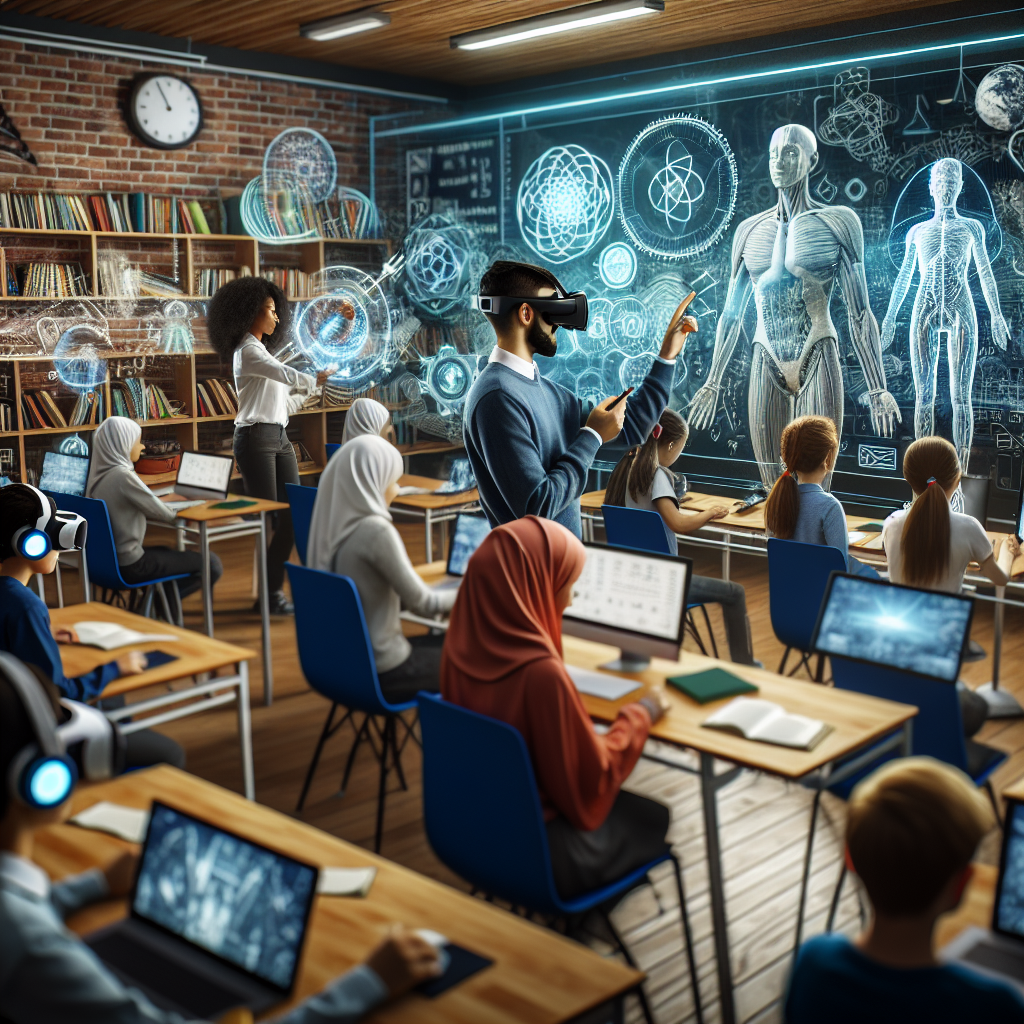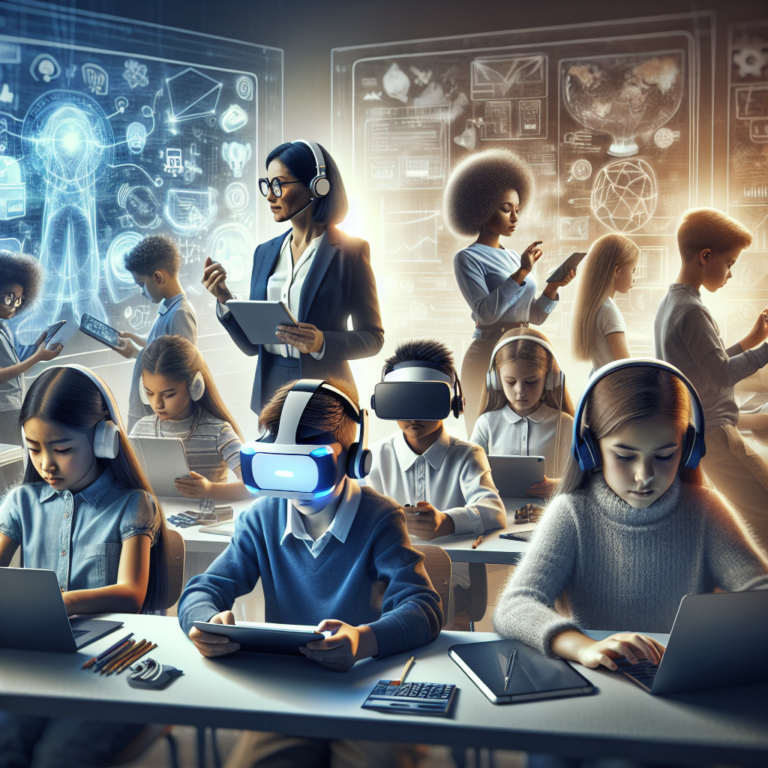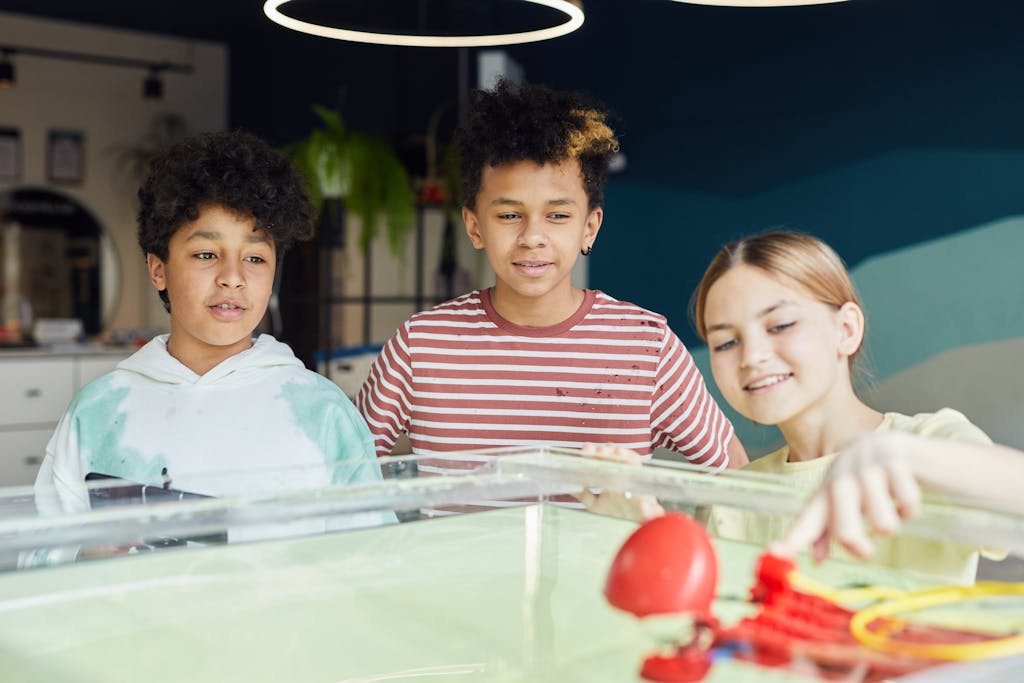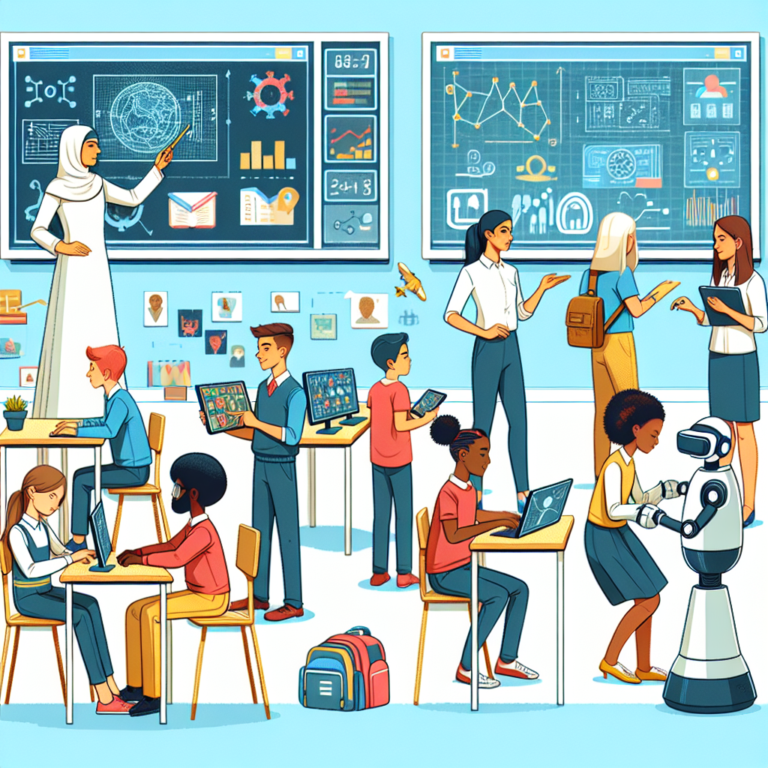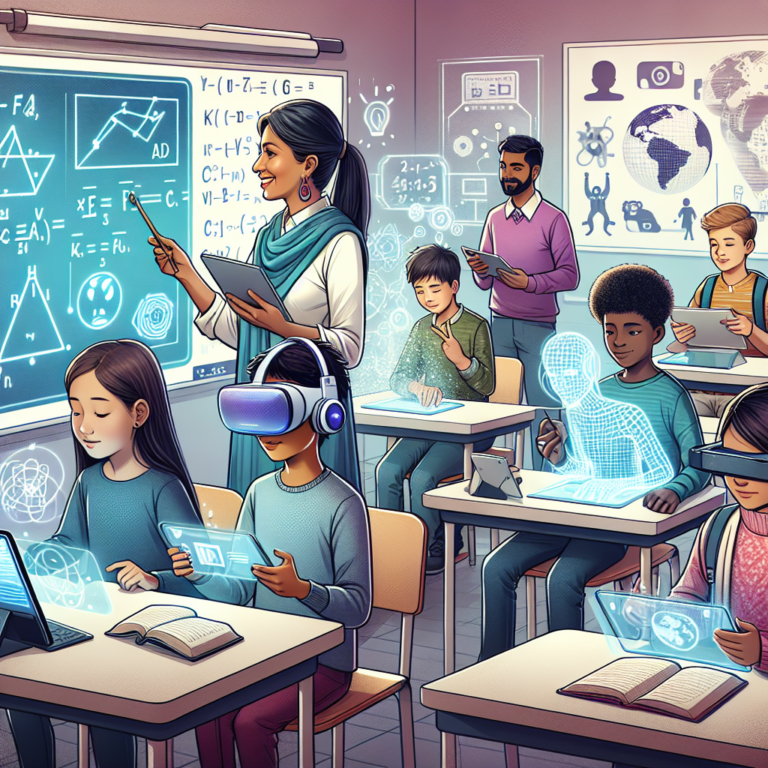How Educational Technology is Revolutionizing Learning
In the modern educational landscape, technology is no longer a novelty but a necessity. The integration of educational technology into teaching has been gaining momentum, transforming how educators teach and students learn. With the rise of top remote educational technology companies, learning has become more accessible, interactive, and personalized than ever before.
In this article, we’ll dive into the ways educational technology is reshaping the learning experience, making education more efficient and engaging for both students and teachers.
The Emergence of Educational Technology
Educational technology, often referred to as EdTech, encompasses a wide range of learning tools, from digital textbooks to online courses, interactive whiteboards to learning management systems (LMS), and AI-powered educational software. These innovations aim to enhance the learning experience, making it more collaborative and adaptive to individual learning styles.
Bridging the Gap with Remote Learning Tools
The need for remote learning tools became evident during the global pandemic, highlighting the importance of top remote educational technology companies. These organizations have developed platforms and applications that enable students to continue their education from the safety of their homes, ensuring uninterrupted learning in times of crisis.
Integrating Educational Technology into Teaching
Integrating educational technology into teaching involves more than just using computers in the classroom. It’s about leveraging these tools to create a more engaging and personalized learning environment. For instance, interactive whiteboards can turn a traditional lecture into an interactive session where students can participate actively. Meanwhile, LMS platforms allow teachers to track student progress, provide timely feedback, and tailor their teaching strategies to meet individual needs.
The Benefits of Educational Technology
Educational technology offers several benefits that revolutionize the traditional learning model.
Enhanced Engagement
With interactive tools like educational games, simulations, and virtual reality (VR), students are more engaged and motivated to learn. These technologies make the learning process more enjoyable and can lead to better retention of information.
Personalized Learning
AI-powered educational platforms can adapt to a student’s learning pace and style, providing personalized content and challenges. This individualized approach helps students master concepts before moving on to more complex topics.
Access to a World of Resources
The Internet is an invaluable resource for education, and EdTech provides easy access to a vast array of information. Students can explore different subjects through online videos, educational websites, and digital libraries, breaking down the walls of the traditional classroom.
Collaboration and Communication
Educational technology fosters collaboration among students and between students and teachers. Tools like cloud-based document editing and discussion forums facilitate group projects and discussions, even when participants are miles apart.
Top Remote Educational Technology Companies
A few key players are leading the charge in the EdTech industry, providing innovative solutions for remote learning.
Company Profiles
Companies like Khan Academy, Coursera, and Duolingo have become household names, offering high-quality educational content across various subjects and languages. These platforms use technology to make learning accessible to anyone with an Internet connection, regardless of location.
Innovative Solutions
Other EdTech companies focus on specific technological advances to enhance learning. For example, virtual reality companies create immersive experiences that transport students to historical sites or simulate scientific experiments, providing a depth of understanding that textbooks alone cannot offer.
Challenges of Integrating Educational Technology
While the benefits of educational technology are clear, integration into traditional teaching models comes with its own set of challenges.
Overcoming Resistance
Some educators may resist incorporating new technologies into their teaching practices, either due to a lack of familiarity or a belief in the effectiveness of traditional methods. Providing adequate training and support can help overcome this resistance.
Ensuring Equity
Access to educational technology can be uneven, with students from lower socioeconomic backgrounds potentially lacking the resources needed to fully participate in digital learning. Efforts must be made to provide equal access to all students to prevent widening the educational gap.
Balancing Screen Time
Concerns about the amount of time students spend in front of screens have emerged with the rise of EdTech. It’s crucial to find a balance between technology-based learning and offline activities to ensure a healthy learning environment.
Best Practices for Integrating Educational Technology into Teaching
To maximize the benefits of educational technology, certain best practices should be followed.
Start Small and Scale Up
Educators should start with one or two tools that complement their teaching style and objectives. As they become more comfortable with these technologies, they can gradually introduce additional tools.
Focus on Training
Both teachers and students need proper training to effectively use educational technology. Investing time in learning how to navigate new platforms and tools will pay off in the long run.
Encourage Collaboration
Use technology to encourage collaboration among students. Group projects and peer-to-peer learning can be facilitated through digital platforms, enhancing the learning experience.
Regularly Assess and Adapt
Regular assessment of the effectiveness of educational technology is essential. Teachers should be open to feedback and willing to adapt their approach to better meet the needs of their students.
Looking Ahead: The Future of Educational Technology
The future of educational technology is bright, with ongoing advancements promising even more innovative ways to learn.
Emerging Trends
We are likely to see more personalized learning experiences, powered by AI, that cater to the individual strengths and weaknesses of each student. Additionally, gamification will continue to make learning more interactive and enjoyable.
The Role of Virtual and Augmented Reality
Virtual and augmented reality (VR/AR) will play a more significant role in education, providing immersive learning experiences that can enhance understanding and retention.
The Continuing Evolution of LMS
Learning management systems will evolve to become more intuitive and integrated, offering a seamless connection between various educational tools and resources.
Final Thoughts
Educational technology has already had a profound impact on the way we learn, and its influence will only continue to grow. By embracing these tools and adapting to the changing educational landscape, teachers and students can look forward to a more dynamic, personalized, and engaging learning experience.
As we continue to navigate the challenges and opportunities presented by educational technology, one thing is clear: it is revolutionizing learning, and there’s no turning back.

